
Introduction
Hey, so let’s talk about canine parvovirus—yeah, it’s a mouthful, but most folks just call it parvo in dogs. It’s this nasty virus that can really mess with your pup’s tummy and immune system. Trust me, it’s not something you want to mess around with. Knowing the deal with parvo is super important because catching it early can save your furry buddy’s life. So, grab a coffee, and let’s dive into what parvo’s all about, how to spot it, and how to keep your dog safe—without all the boring vet jargon.
What Are the First Signs of Parvo in Dogs?
Early Symptoms to Watch For
Okay, so picture this: your dog’s usually bouncing off the walls, but suddenly they’re just… blah. That’s one of the first signs of parvo in dogs. They might act super tired, like they can’t even be bothered to chase their favorite squeaky toy. They could stop eating too—yep, even those fancy treats they usually go nuts for. Then there’s vomiting, which starts off sneaky but can get pretty intense. If your pup’s acting off, don’t just shrug it off; parvo in dogs can sneak up fast.
Behavioral Changes Indicating Illness
Your dog’s not just feeling under the weather—they might act like a totally different pup. That happy-go-lucky vibe? Gone. They might hide in a corner or seem super restless, like they can’t get comfy. If your dog’s giving you the cold shoulder or pacing like they’re auditioning for a drama, it’s time to call the vet. Parvo in dogs doesn’t mess around, and these little changes are big red flags.
Parvo in Dogs Symptoms
Comprehensive List of Clinical Signs
As parvo in dogs gets worse, things go from bad to yikes. You’ll see stuff like really gross, smelly diarrhea—sometimes even bloody, which is as scary as it sounds. Vomiting won’t quit, and your dog might look totally wiped out from dehydration. They could run a fever or, weirdly, get super chilly. Plus, they’ll start dropping weight fast because their body’s just not absorbing food right. Parvo in dogs is like a wrecking ball, so you gotta act quick.
Progression of Symptoms Over Time
Parvo in dogs moves fast—like, scary fast. In just a couple of days, your pup can go from “meh” to “oh no.” The virus trashes their gut, leading to that awful diarrhea and a ton of pain. Their immune system takes a hit too, so other infections can pile on. Without help, parvo in dogs can knock them out in just 48 to 72 hours. It’s like a bad movie you don’t want your dog starring in, so get to the vet ASAP.
Parvo in Dogs Causes
Origins of Canine Parvovirus
So, where did this jerk of a virus come from? Parvo in dogs popped up in the ‘70s, probably from a cat virus that decided to switch teams. It’s a tough little bugger that can hang out in the environment for, like, forever—okay, maybe months, but still. That’s why places like dog parks or shelters can be parvo hotspots. It’s like the virus is just waiting to ruin your dog’s day.
Transmission Pathways
Parvo in dogs spreads super easily, mostly through contact with infected poop. Gross, right? But it’s not just direct contact—parvo can hitch a ride on your shoes, clothes, or even your hands if you’re not careful. Your dog can catch it just by sniffing a contaminated spot or licking something icky. Puppies and unvaccinated dogs are like magnets for this virus, so keeping parvo in dogs at bay means staying on top of prevention.
Can a dog survive in parvo?
Survival Rates and Factors
Good news: dogs can totally beat parvo in dogs if you catch it early. With the right care, like 90% of dogs pull through, which is awesome. But it depends on stuff like their age—puppies have it rougher—and how healthy they were before. If your dog’s a tough cookie and you get them to the vet fast, they’ve got a solid shot at kicking parvo’s butt.
Importance of Early Intervention
Jumping on parvo in dogs early is everything. Vets can hook your pup up with IV fluids to fight dehydration, antibiotics to stop sneaky infections, and meds to keep the barfing under control. It’s like a superhero team for your dog. Waiting even a day can make things way harder, so don’t dilly-dally if you think parvo’s crashing the party.
At What Age Is a Dog Safe from Parvo?
Vulnerability by Age Group
Puppies are the ones who get hit hardest by parvo in dogs, especially between six weeks and six months. Their little immune systems are still figuring things out, so they’re sitting ducks. Older dogs aren’t totally in the clear, but they’re tougher, especially if they’ve had their shots. Still, unvaccinated adults can get into trouble too, so no one’s completely safe without protection.
Role of Vaccinations
parvo vaccine are like a force field against parvo in dogs. Puppies start getting them around six to eight weeks, with boosters every few weeks until they’re about 16 weeks old. Adults need regular boosters too to keep that shield up. Skip the shots, and you’re basically rolling out the red carpet for parvo. So, keep your dog’s vaccine schedule tighter than your Netflix binge.
How Long Will Parvo Last in My Dog?
Typical Duration of Illness
Parvo in dogs is a rough ride, usually lasting about five to seven days if treated. Without help, it can be a quick knockout—sometimes in just a couple of days. The virus itself is a sprinter, not a marathoner, but the damage it does can leave your pup feeling lousy for a bit even after the worst is over.
Recovery Timeline
Once the worst of parvo in dogs is done, recovery’s like a slow climb back to normal. Your dog might need a couple of weeks to get their groove back, starting with tiny meals and lots of rest. You’ll need to keep an eye on them to make sure they don’t crash again. With some TLC, they’ll be back to stealing your socks in no time.
Parvovirus in Dogs, Treatment
Veterinary Interventions
Treating parvo in dogs is like a full-on vet mission. They’ll probably need to stay at the clinic, getting IV fluids to stay hydrated and antibiotics to fend off extra infections. Meds to stop vomiting and ease pain are a big help too. It’s all about keeping your pup stable while their body fights off parvo in dogs like a champ.
Supportive Care Protocols
Vets don’t just throw meds at parvo in dogs—they’ve got a whole game plan. Your pup might get food through a tube if they can’t eat, and they’ll keep them warm or cool depending on their temp. It’s like a doggy ICU, with the staff watching every little detail to make sure your buddy pulls through.
Home Remedy for Parvo in Dogs
Limitations of Home Treatments
Look, trying to fix parvo in dogs at home is like trying to fix a broken car with duct tape—it’s not gonna cut it. The virus is way too intense for home remedies to handle. You might make things worse by delaying real treatment, so don’t try to be a hero. Get your pup to a vet, stat.
Safe Supportive Measures at Home
Once your vet’s got parvo in dogs under control, you can help at home with some basic stuff. Think small, bland meals to ease their tummy back into action and a cozy, clean spot to chill. Always check with your vet first, though—don’t go rogue with some internet “cure” that could mess things up.
What Kills Parvo in Dogs?
Effective Disinfection Methods
Parvo in dogs is like a zombie virus—it’s super hard to kill. But bleach is your best buddy here. Mix one part bleach with 30 parts water, and scrub down everything—bowls, bedding, floors. It’s like giving parvo the boot from your house, making sure it doesn’t come back to haunt your pup.
Environmental Control Strategies
Keeping parvo in dogs from spreading is all about playing defense. Lock down contaminated areas like your yard or crate, and don’t let other dogs near them. Clean like your life depends on it, because your dog’s kinda does. Regular bleach attacks on risky spots will keep parvo from staging a comeback.
Can Humans Get Parvo from Dogs?
Zoonotic Potential
Here’s a sigh of relief: parvo in dogs can’t jump to humans. It’s a dog-only problem, so you’re safe from catching it. No need to stress about getting sick while you’re nursing your pup back to health. Just focus on helping them without worrying about your own health.
Safety Precautions for Owners
Even though you can’t get parvo in dogs, you can still spread it like a bad rumor. Wash your hands like you’re prepping for surgery after touching your sick pup or cleaning up their messes. Don’t let your shoes track the virus to other dogs either. A little caution goes a long way in keeping parvo contained.
Conclusion
Parvo in dogs is no joke, but you’ve got this if you stay sharp. Spot theස
System: ting those early signs, know what causes it, and get your pup to the vet fast. Vaccines and some serious cleaning can keep parvo in dogs at bay. It’s all about being a proactive pet parent—keep those shots up to date and don’t let this virus sneak up on you. Your dog’s counting on you to keep their tail wagging!
you may like it
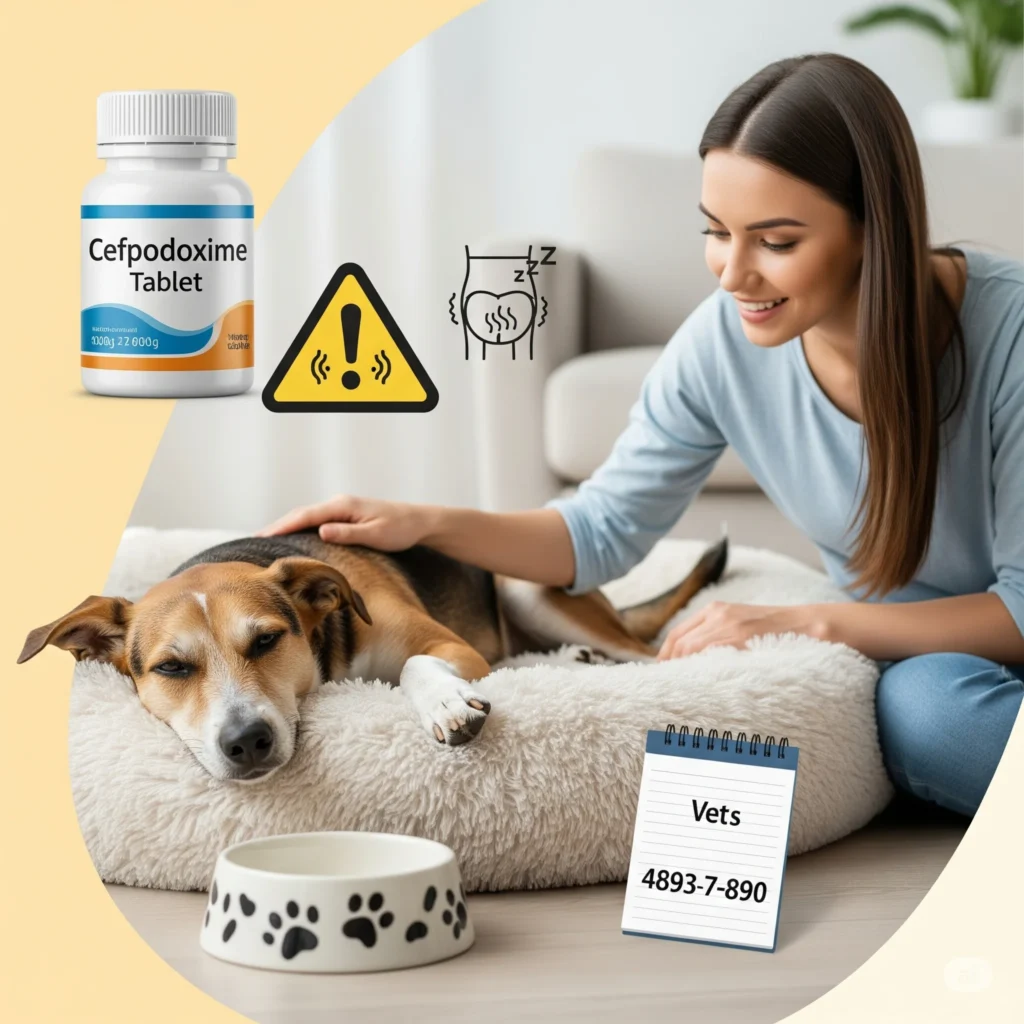
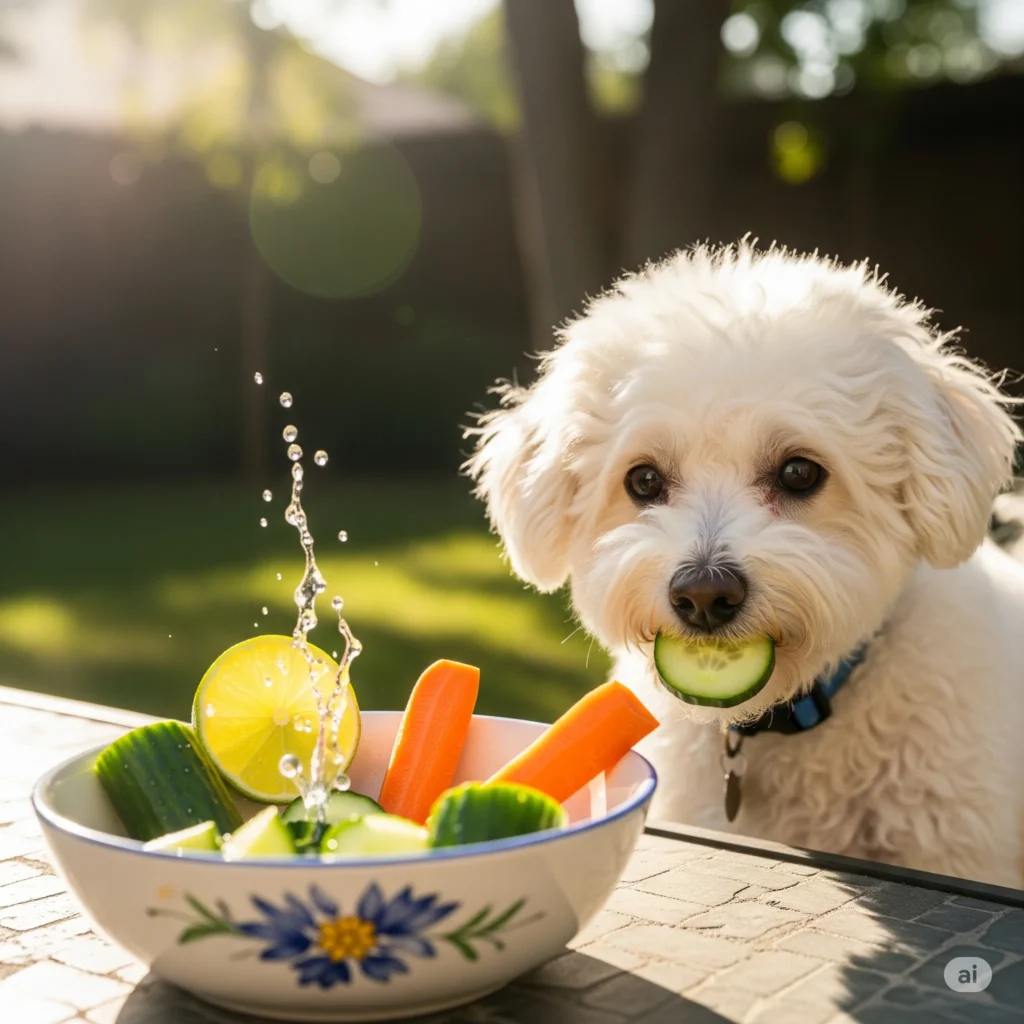
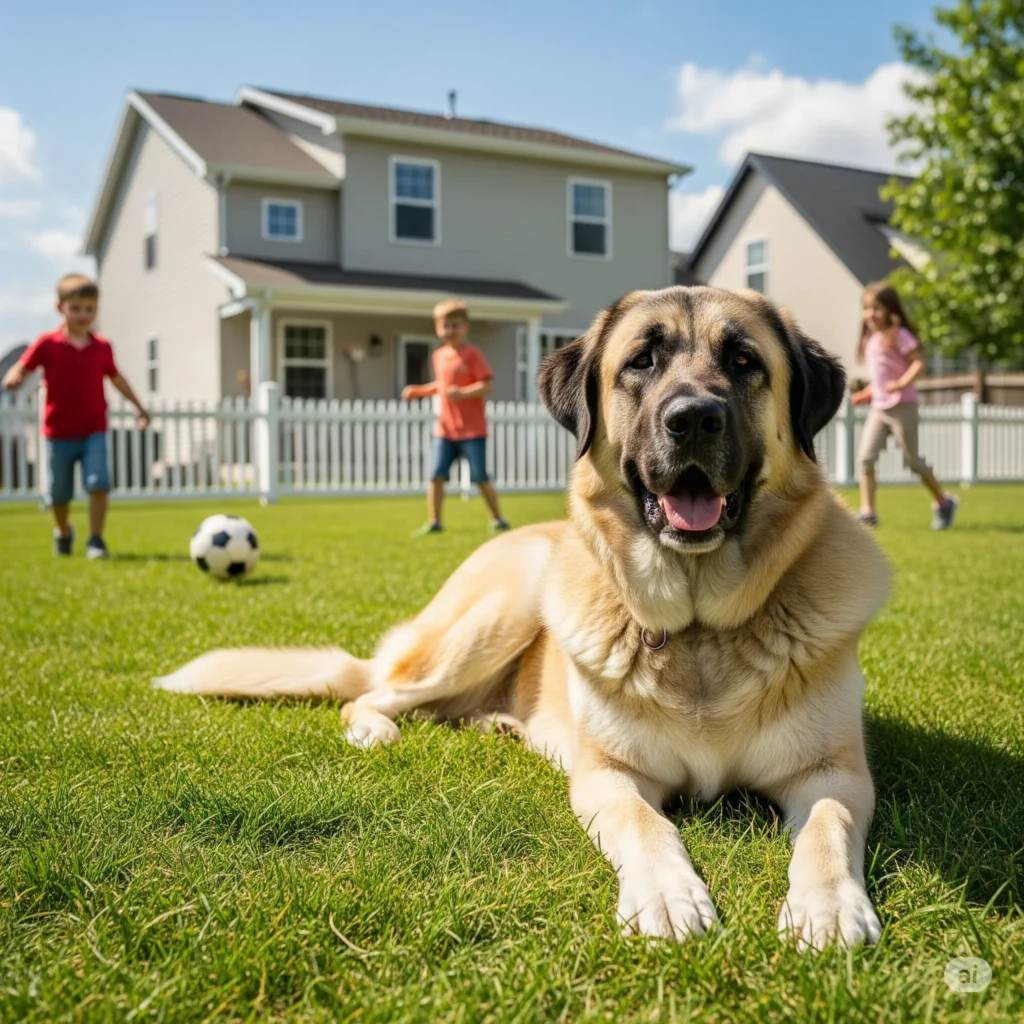



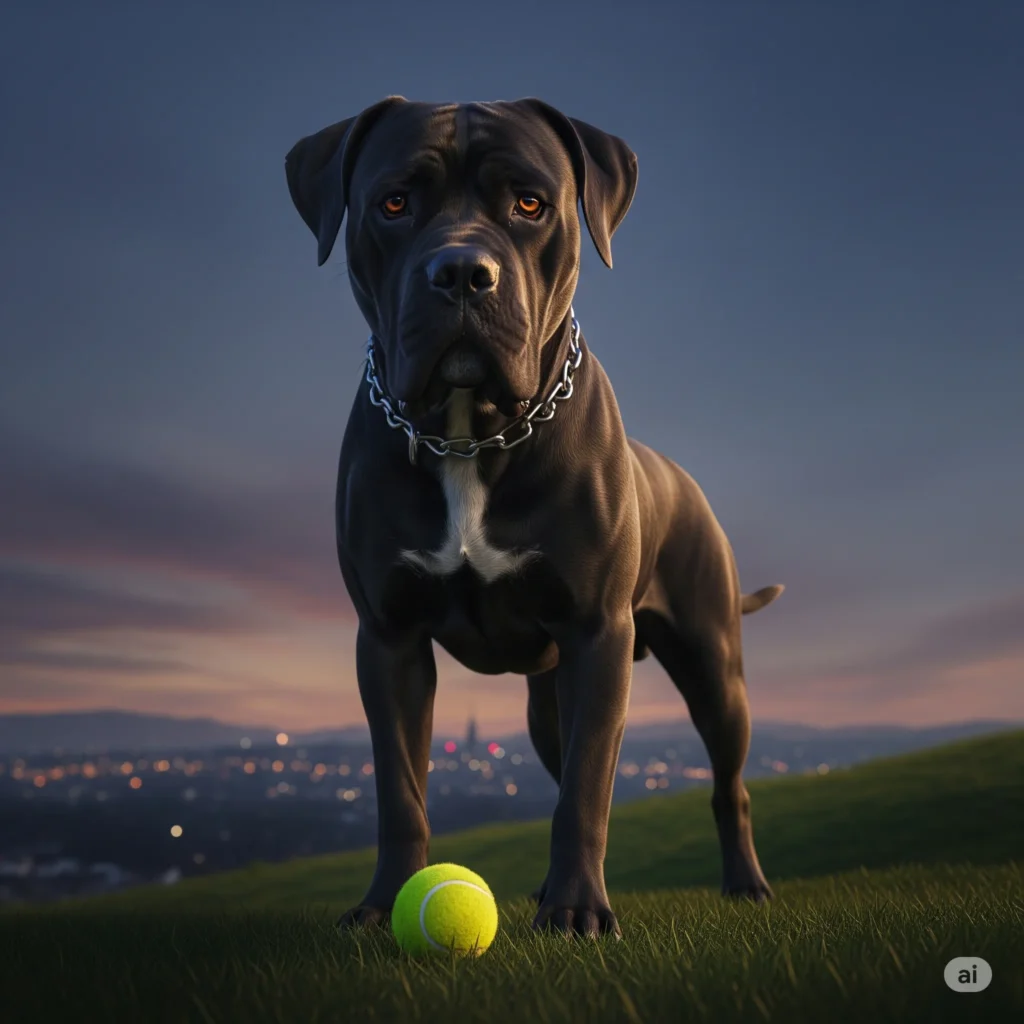

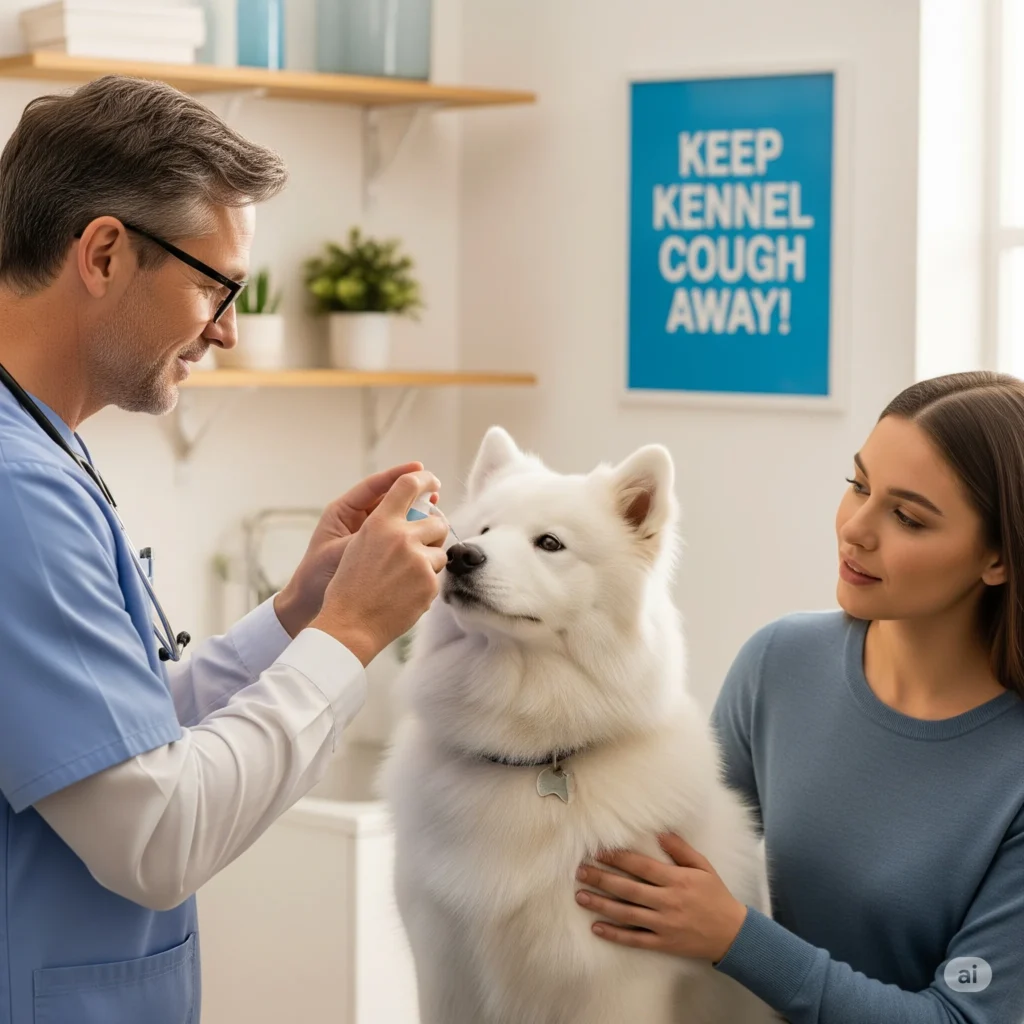
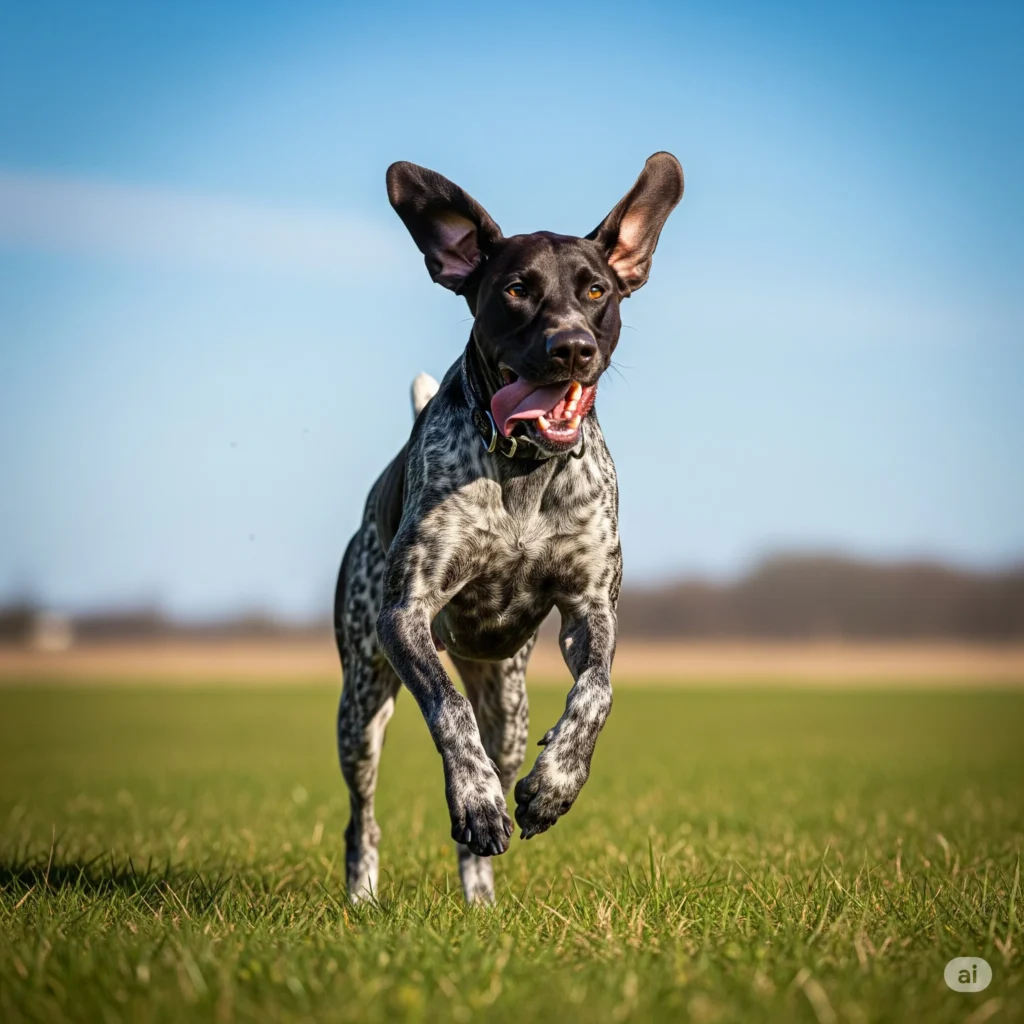
sources
- American Veterinary Medical Association (AVMA)
Provided foundational info on canine parvovirus, including symptoms, transmission, and prevention.
Link: https://www.avma.org/resources/pet-owners/petcare/canine-parvovirus - Cornell University College of Veterinary Medicine
Offered detailed insights into diagnosis, treatment, and prognosis of parvo in dogs.
Link: https://www.vet.cornell.edu/departments-centers-and-institutes/cornell-feline-health-center/health-information/feline-health-topics/canine-parvovirus - Merck Veterinary Manual
Contributed specifics on clinical signs, treatment protocols, and environmental control for parvo.
Link: https://www.merckvetmanual.com/dog-owners/digestive-disorders-of-dogs/canine-parvovirus


